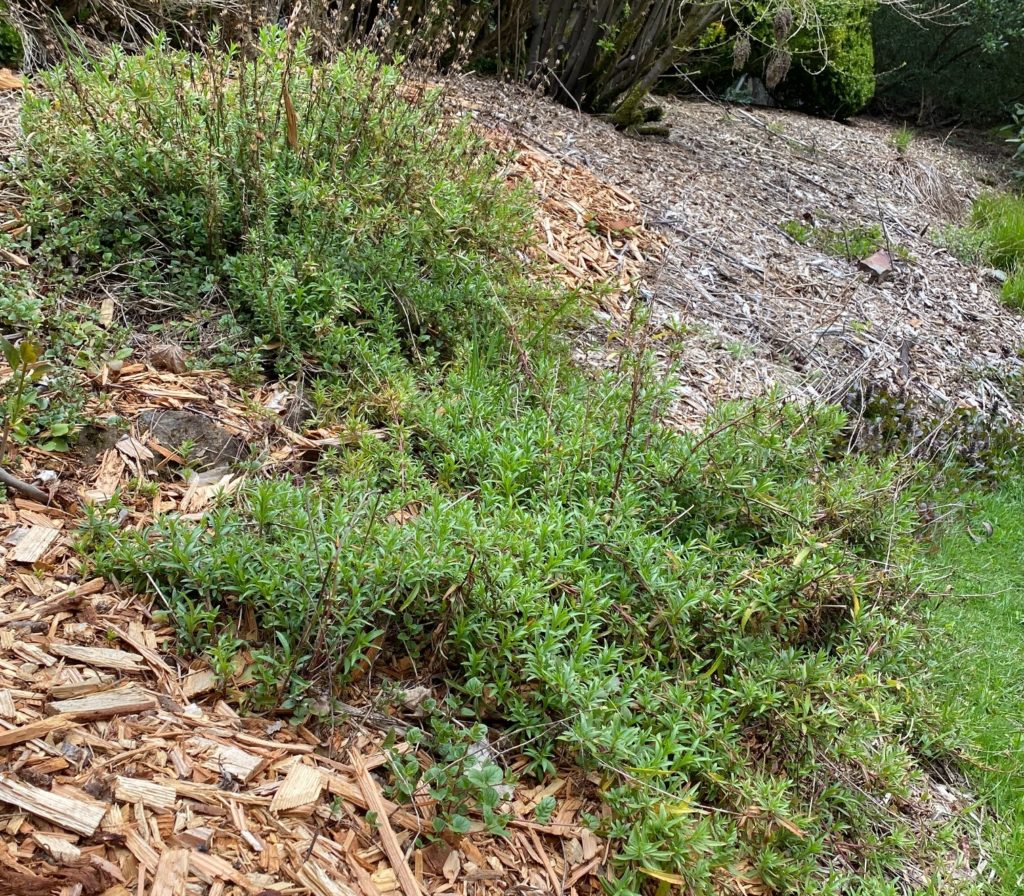Site Information: Char’s habitat in the Cedar Mill area is full sun to full shade, with dry to wet soil conditions and a slope.
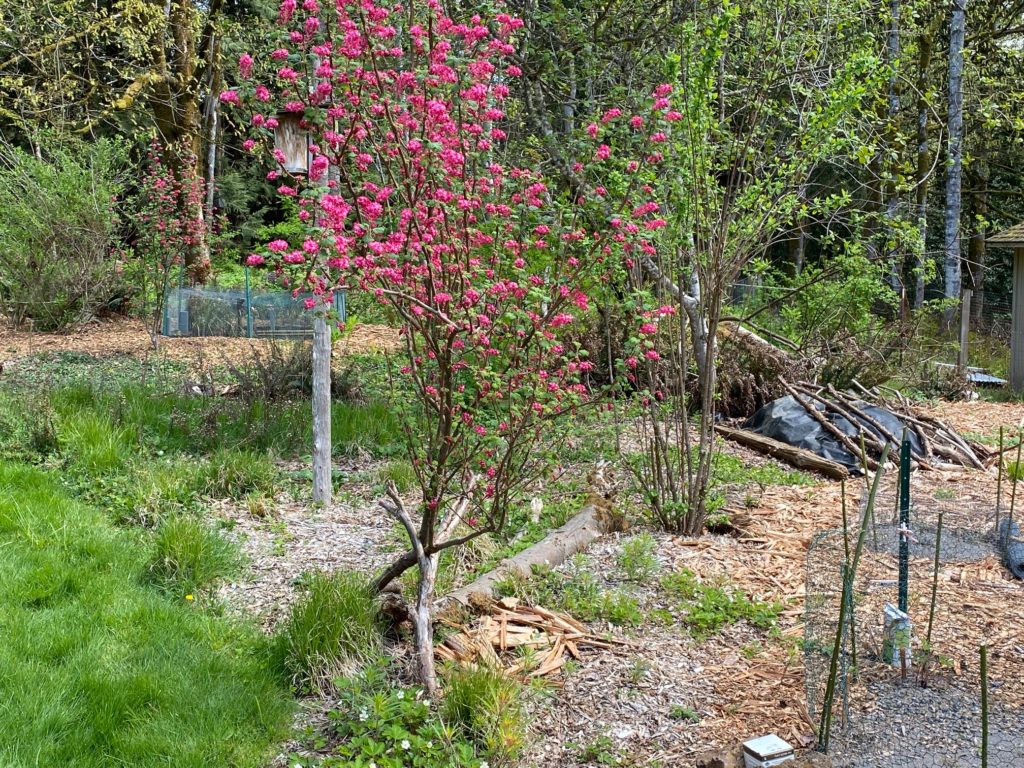
What inspired you to enroll in the Backyard Habitat Certification Program?
I became interested in native habitat restoration during a stint living in Los Angeles. I was amazed at the To help others enjoy native plants and wildlife as much as I do.
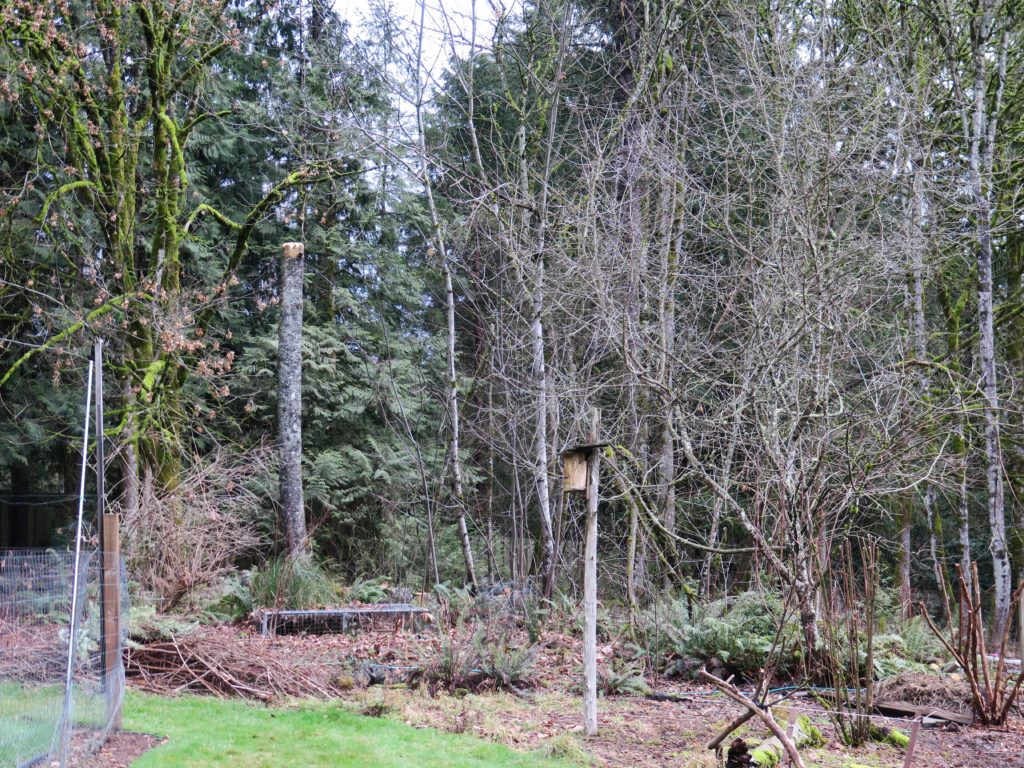
How would you describe your habitat?
We have 3/4 acre near forest and wetland natural area. No chemicals EVER used in 50 years of living here. Big old conifers, open sunny areas, several very small ponds. Stormwater from roofs is stored in a large tank and small barrels. Native rabbits and deer need to be fenced out of the vegetable garden – as well as temporarily kept away from new native plants! Birds are allowed to eat some of the blueberry bushes (and seasonally netted out of others). Adding bark slabs in wooded areas provides places to help (and see) amphibians.

What are your top three favorite native plants and why do you love them?
- Western red cedar: beautiful background & great wildlife cover
- Red-flowering currant: gorgeous flowers attract lots of bees and hummingbirds
- Vine maple: lovely year-round with bee-attracting flowers, fall leaves, nice twig arrangement in winter
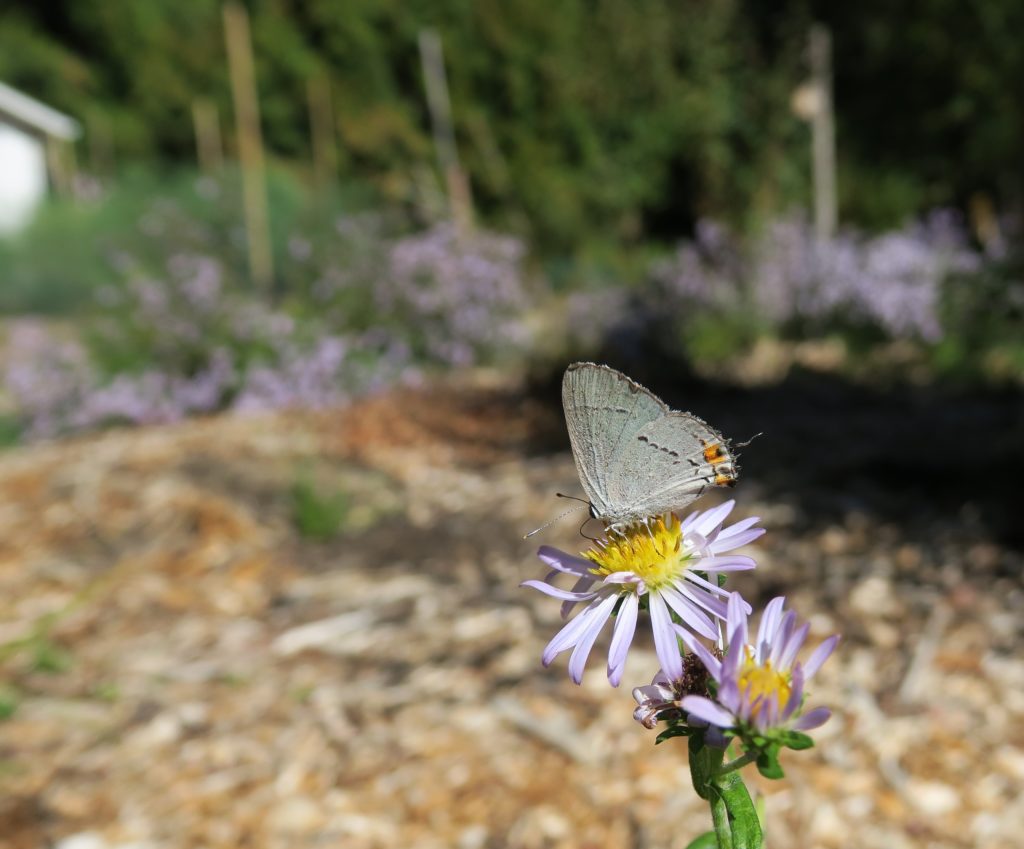
What changes have you observed as a result of creating habitat?
I’m still adding to the list of wildlife found on the property (103 vertebrates), and especially lots more diversity of bees and butterflies. Great fun trading cuttings & seeds with friends and neighbors. Satisfaction in having gotten rid of several invasive plants, and keeping others controlled.
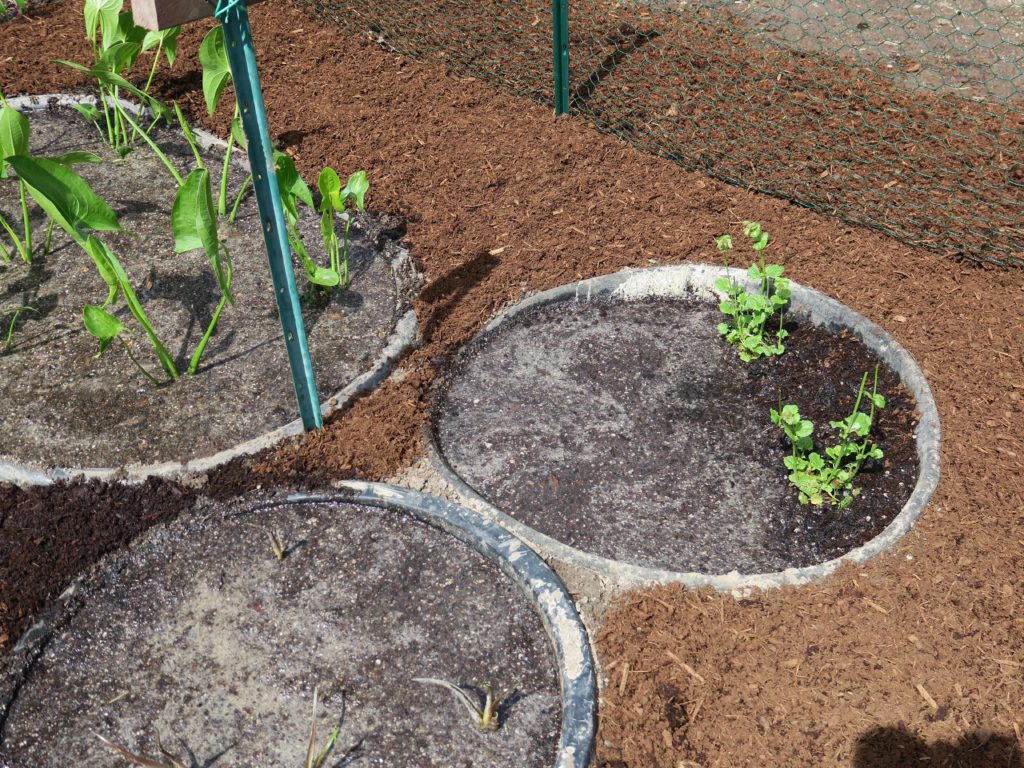
What were the two most significant challenges you encountered while creating habitat, and how did you address them?
Removing invasive weeds is a continuing challenge. So is keeping lawn grasses (including some weed grasses) out of sunny natural parts of the property.
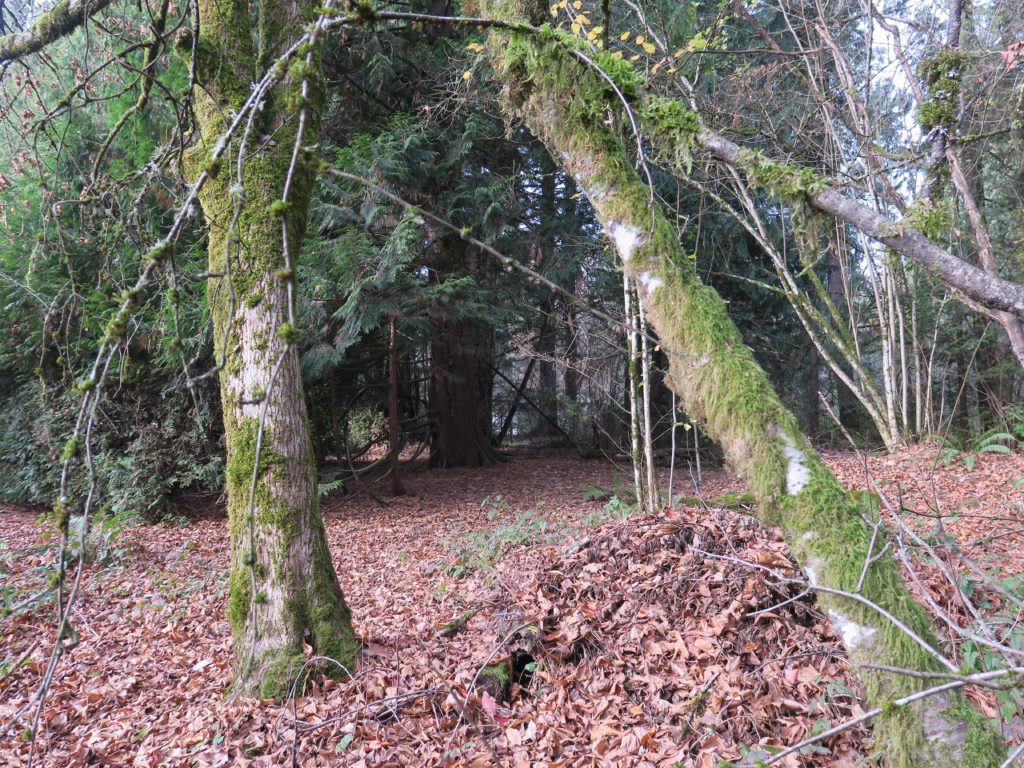
What resources did you find especially helpful?
Comparing notes with friends. Maintaining an absolute commitment to never use chemical herbicides or pesticides.

How do you enjoy your Backyard Habitat throughout the different seasons? What are its highlights in each season?
I’m out puttering and weeding and planning all year, while enjoying the different season’s colors and wildlife species. Bees and birds and blossoms in spring. Birds and butterflies and garter snakes in summer and fall. Mosses and amphibians in winter.
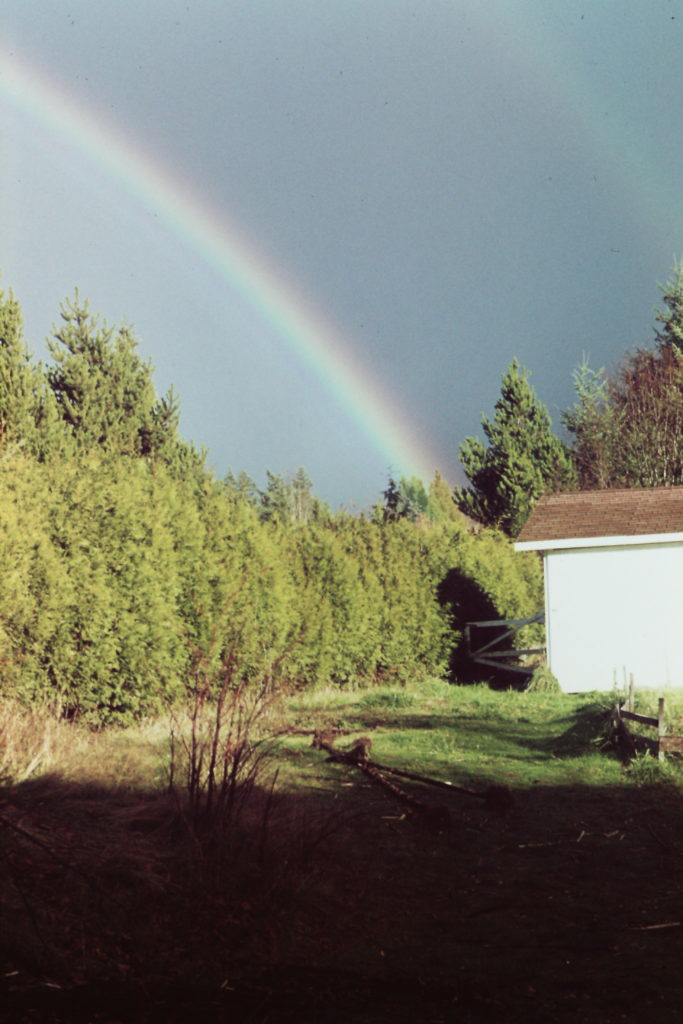
What part of your backyard habitat are you most proud of?
Logs and bark and low-growing plants like sword ferns that provide cover for amphibians and reptiles (and worms and bugs for birds, too).
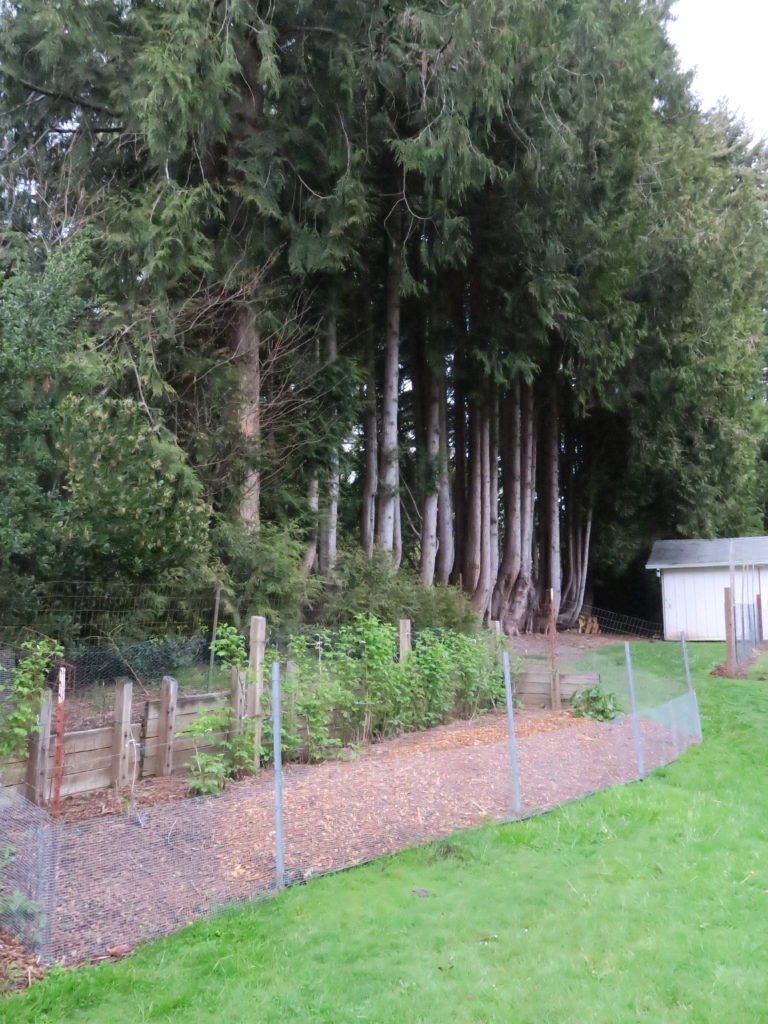
Is there anything else you’d like to add about your journey?
It is never “done” and that’s the most fun. It changes by plan and also by accident, and both are opportunities for creativity, healthy hard work, learning, and sharing experiences with others.
